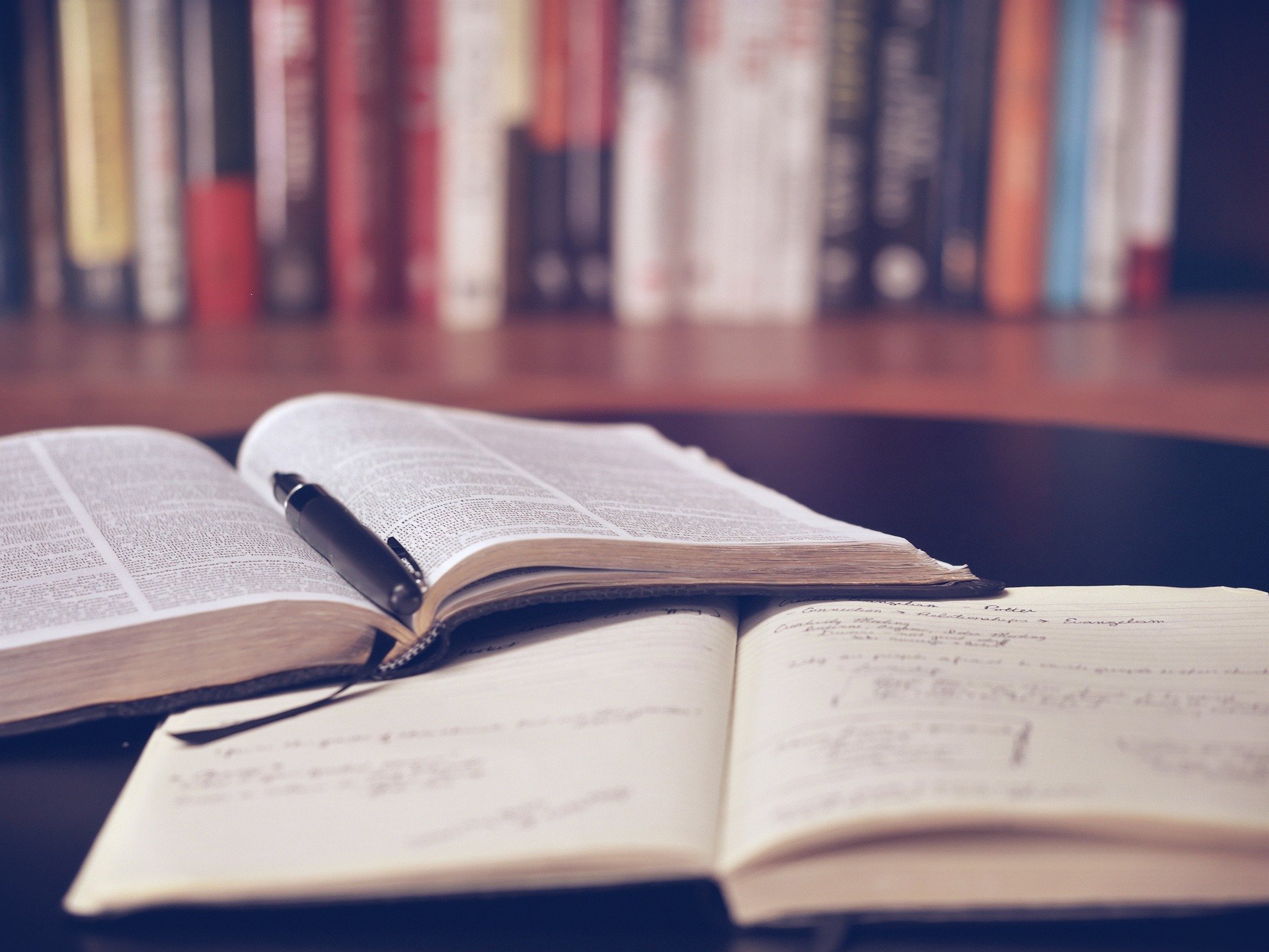How do I reference a conference paper… in the Cranfield Author-date style?
17/05/2016

As we enter thesis season, many of you may find that you are using conference papers in your research. Just like books and journal articles, these need to be referenced at the end of your work and, just to make life a bit more interesting, conference paper references have their own specific format, making them different to those for other articles or reports.
Let’s look first at the information you need to include to reference a conference paper in the Cranfield author-date style:
- Author(s) of paper (surname, initials)
- (Year of publication)
- ‘Title of paper’,
- Title of Conference: Subtitle.
- Location and date.
- Place of publication: Publisher,
- Paper number (if available),
- Volume (if known),
- Page range.
Here’s an example of a conference paper I found in my search:
The elements listed above will all come together to form the reference below:
Rafiee, V. B. and Sarabdeen, J. (2013) ‘Social media marketing: The unavoidable marketing management tool’, Vision 2020: Innovation, Development Sustainability, and Economic Growth – Proceedings of the 21st International Business Information Management Association Conference. Vienna, Austria, 27-28 June. Vienna: IBIMA, Vol. 2, pp. 933-942.
As you can see from the screenshot, I sourced this conference paper from Scopus. If your paper is available online, then you need to add in the URL and the date on which you accessed it, as you would do with any online source. These are added to the end of the reference, as shown here in blue.
Rafiee, V. B. and Sarabdeen, J. (2013) ‘Social media marketing: The unavoidable marketing management tool’, Vision 2020: Innovation, Development Sustainability, and Economic Growth – Proceedings of the 21st International Business Information Management Association Conference. Vienna, Austria, 27-28 June. Vienna: IBIMA, Vol. 2, pp. 933-942. Available at: http://www.scopus.com/ (Accessed: 25 January 2016).
In-text citations:
Where you make reference to this item in your text, follow the normal ‘name and date’ conventions and simply follow any mention with (Rafiee and Sarabdeen, 2013) or a variation thereon, remembering to add a page number where a direct quotation is involved.
As always, if you have any questions about referencing or citations, please contact the contact the Library service.
Feature image from Pixabay. Available at: https://cdn.pixabay.com/photo/2016/06/01/06/26/open-book-1428428_960_720.jpg
Categories & Tags:
Leave a comment on this post:
You might also like…
Keren Tuv: My Cranfield experience studying Renewable Energy
Hello, my name is Keren, I am from London, UK, and I am studying Renewable Energy MSc. My journey to discovering Cranfield University began when I first decided to return to academia to pursue ...
3D Metal Manufacturing in space: A look into the future
David Rico Sierra, Research Fellow in Additive Manufacturing, was recently involved in an exciting project to manufacture parts using 3D printers in space. Here he reflects on his time working with Airbus in Toulouse… ...
A Legacy of Courage: From India to Britain, Three Generations Find Their Home
My story begins with my grandfather, who plucked up the courage to travel aboard at the age of 22 and start a new life in the UK. I don’t think he would have thought that ...
Cranfield to JLR: mastering mechatronics for a dream career
My name is Jerin Tom, and in 2023 I graduated from Cranfield with an MSc in Automotive Mechatronics. Originally from India, I've always been fascinated by the world of automobiles. Why Cranfield and the ...
Bringing the vision of advanced air mobility closer to reality
Experts at Cranfield University led by Professor Antonios Tsourdos, Head of the Autonomous and Cyber-Physical Systems Centre, are part of the Air Mobility Ecosystem Consortium (AMEC), which aims to demonstrate the commercial and operational ...
Using grey literature in your research: A short guide
As you research and write your thesis, you might come across, or be looking for, ‘grey literature’. This is quite simply material that is either unpublished, or published but not in a commercial form. Types ...







